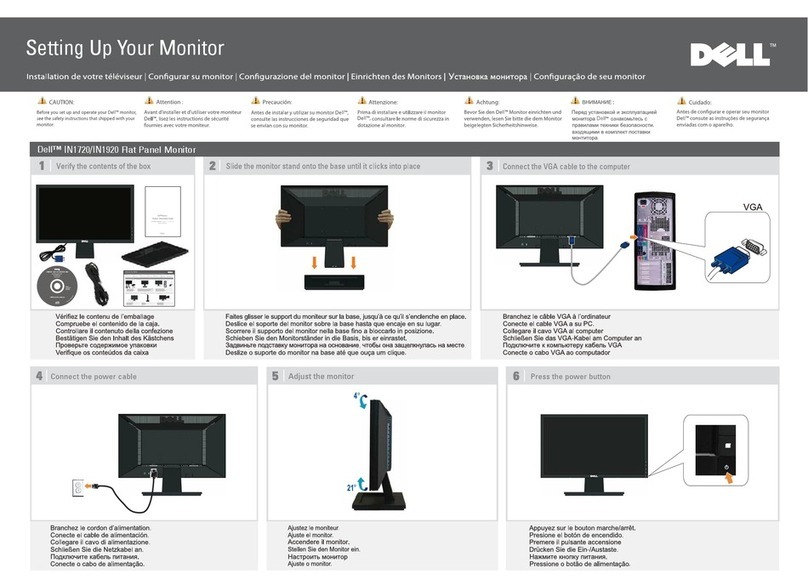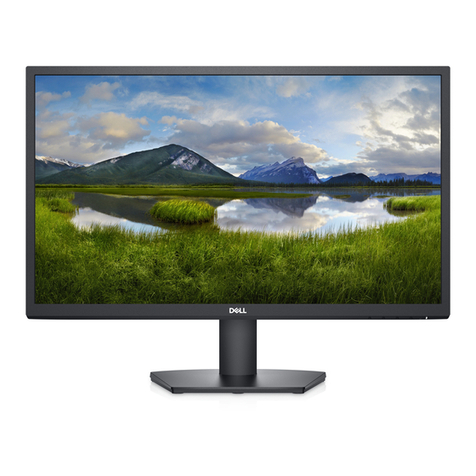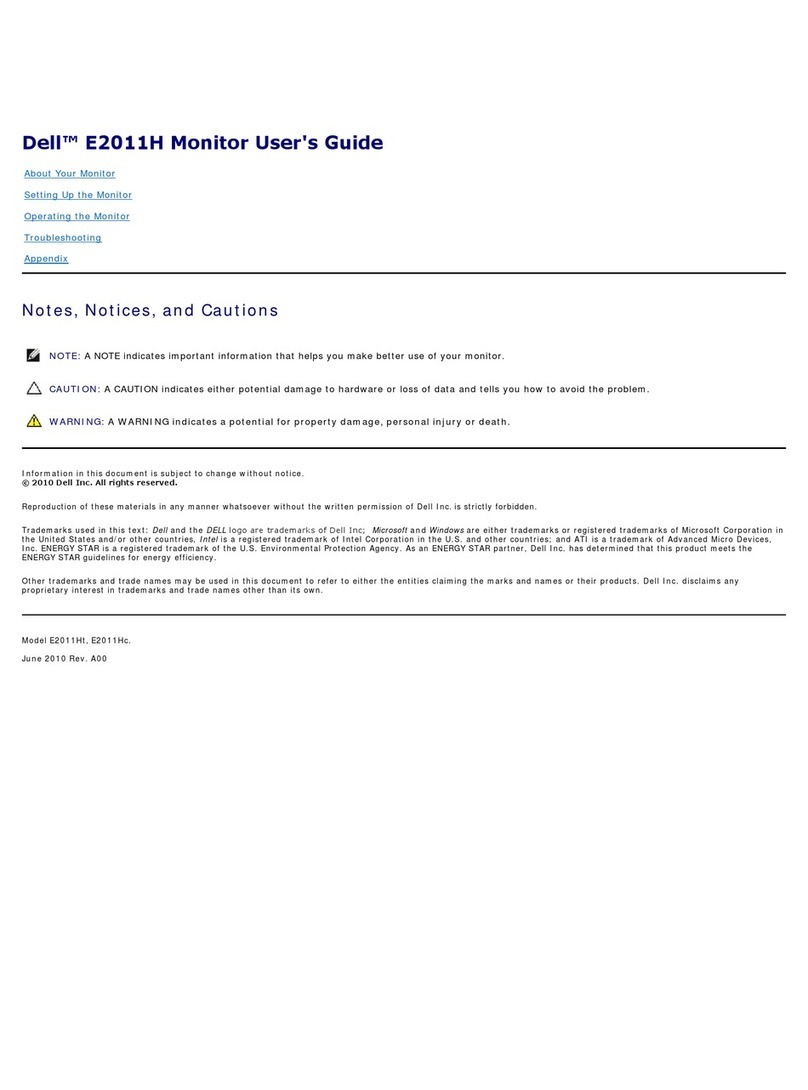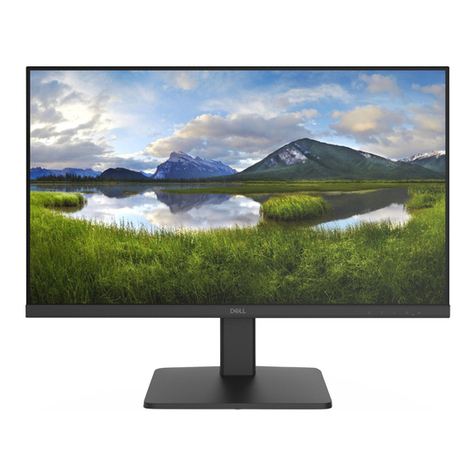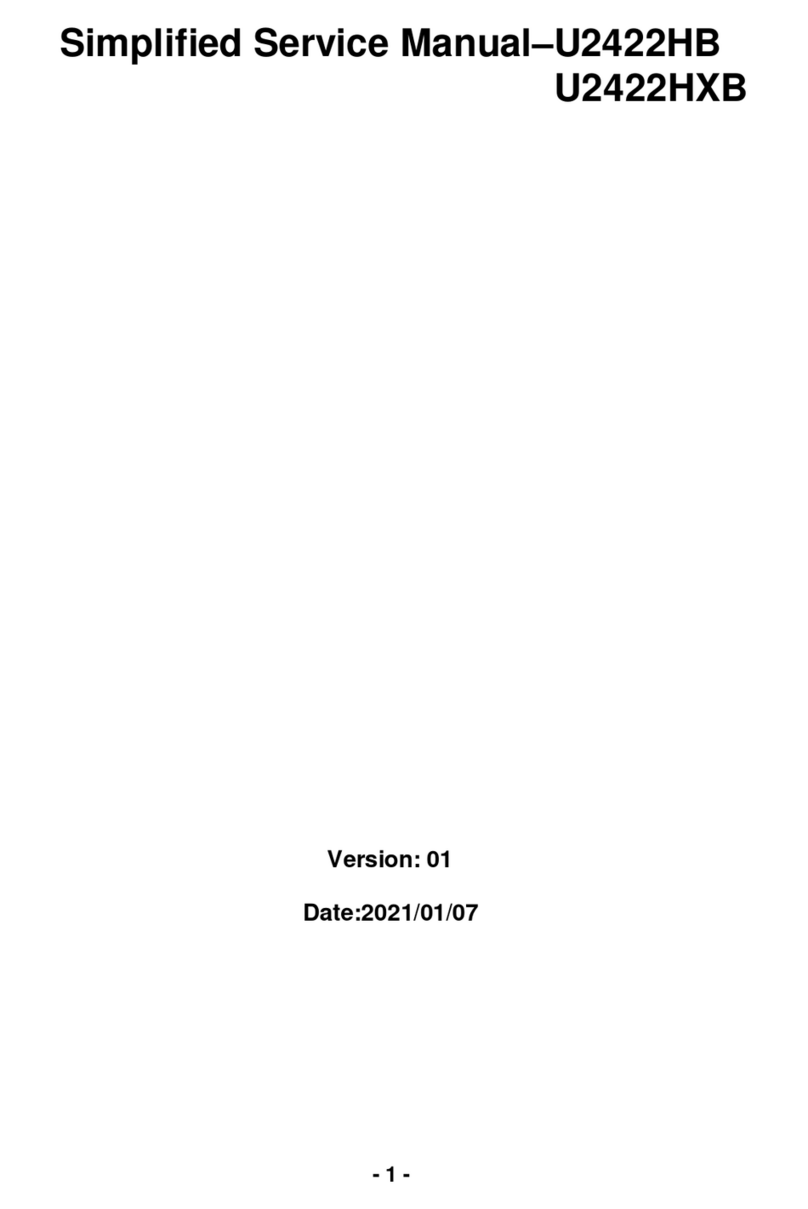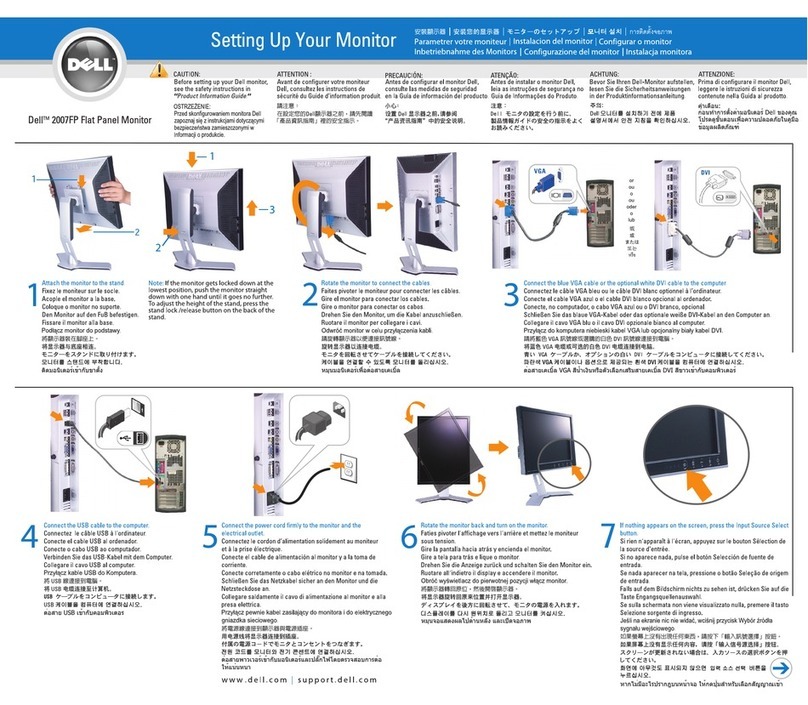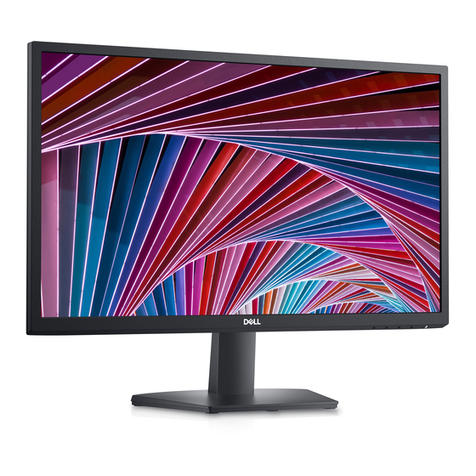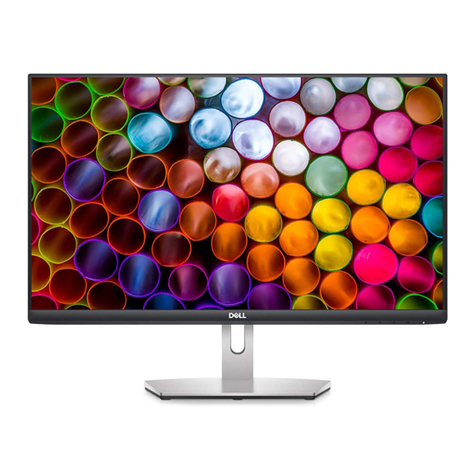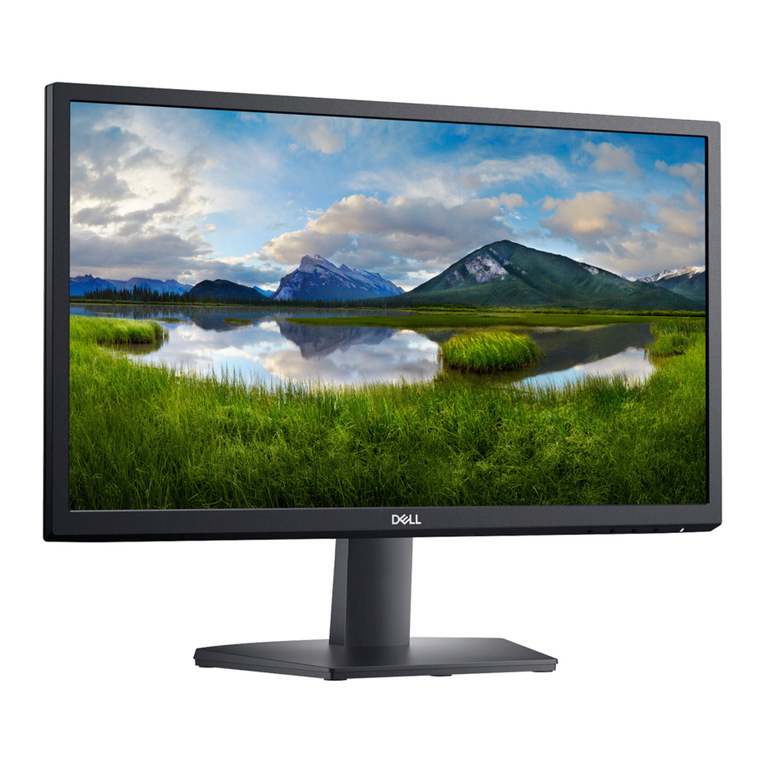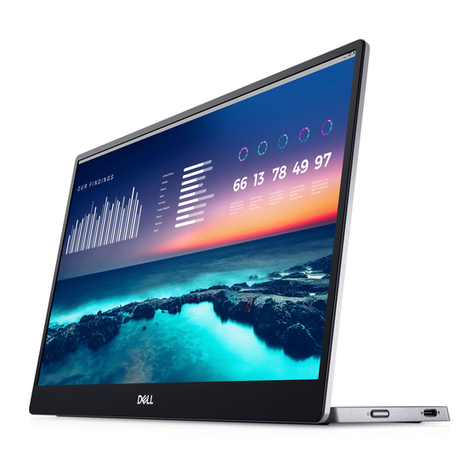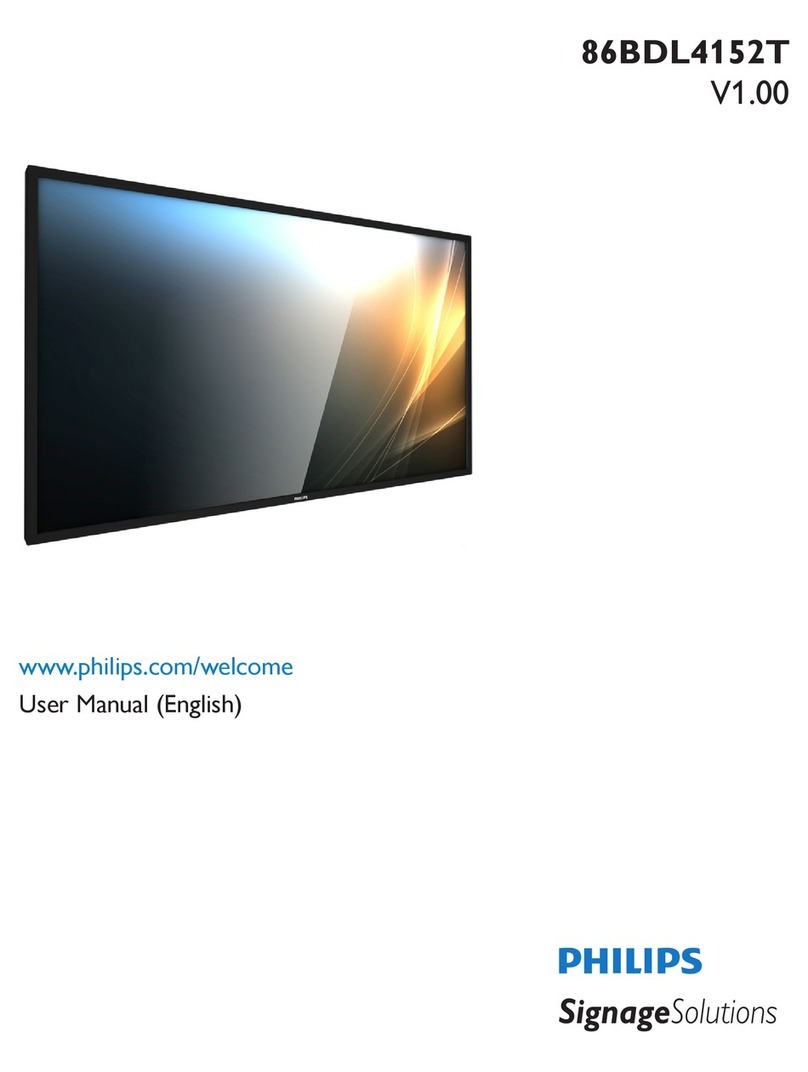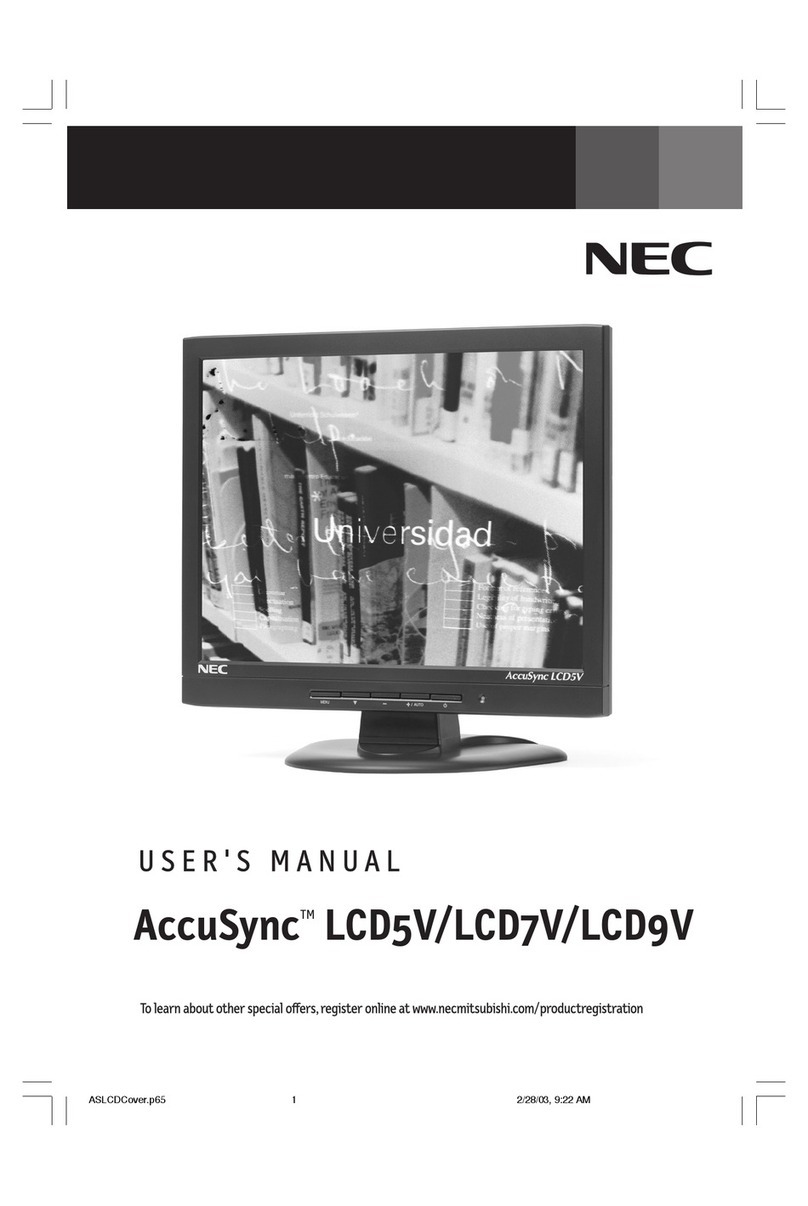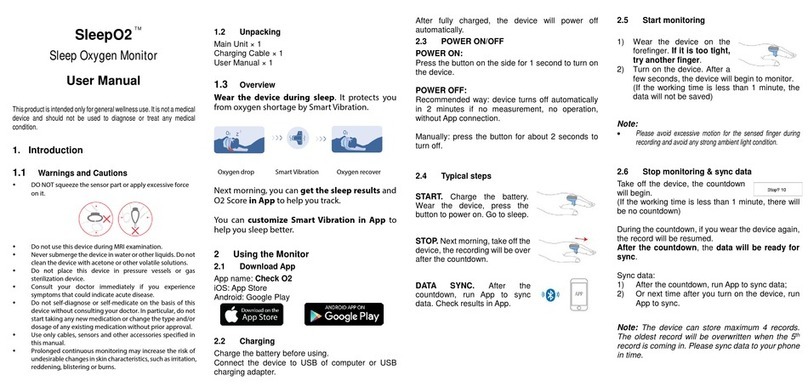Service Manual
2
Table of Contents
CHAPTER 1- PRECAUTIONS & SAFETY NOTICES...........................................................................................................3
1. SAFETY PRECAUTIONS......................................................................................................................................3
2. PRODUCT SAFETY NOTICE................................................................................................................................3
3. SERVICE NOTES..................................................................................................................................................3
CHAPTER 2- SERVICE TOOLS & EQUIPMENT REQUIRED..............................................................................................4
CHAPTER 3- CIRCUIT THEORY...........................................................................................................................................5
1. BLOCK DIAGRAM......................................................................................................................................................5
2. ELECTRONIC CIRCUIT THEORY .................................................................................................................................7
3. FACTORY PRESET TIMING TABLE ...................................................................................................................13
4. POWER ON/OFF SEQUENCY...................................................................................................................................13
5. D-SUB CONNECTOR PIN ASSIGNMENT ...................................................................................................................14
6. AC OUTLET PIN ASSIGNMENT.................................................................................................................................14
7. INNER CONNECTOR PIN ASSIGNMENT .....................................................................................................................14
8. KEY PARTS PIN ASSIGNMENTS................................................................................................................................16
CHAPTER 4- DISASSEMBLY & ASSEMBLY .....................................................................................................................21
1. EXPLODED DIAGRAM..............................................................................................................................................21
2. 1908WFPF DISASSEMBLY BLOCK ..........................................................................................................................22
3. ASSEMBLY BLOCK ..................................................................................................................................................23
CHAPTER 5- TEST AND ADJUSTMENT............................................................................................................................24
1. FUNCTION KEY DEFINITIONS ...................................................................................................................................24
2. OSD CONTROL .....................................................................................................................................................24
3. FACTORY MODE INTRODUCTION..............................................................................................................................26
4. BURN-IN PATTERN ..................................................................................................................................................27
5. AUTO COLOR BALANCE (AUTOMATICALLY CALIBRATE CHIP ADC PARAMETER BY USING CHIP INTERNAL DAC.) ............27
6. UPLOAD FIRMWARE TO MCU VIA VGA CABLE..........................................................................................................26
7. AFTER REPAIR,TO ENSURE THE QUALITY YOU SHOULD DO THE FOLLOWING TEST AND ADJUSTMENT.............................27
CHAPTER 6- TROUBLE SHOOTING..................................................................................................................................30
1. COMMON ACKNOWLEDGE .......................................................................................................................................30
2. NO POWER LED OFF.............................................................................................................................................30
3. POWER NORMAL LED AMBER .................................................................................................................................31
4. BACKLIGHT CAN’T BE TURNED ON ............................................................................................................................32
5. NO PICTURE BACKLIGHT ON..................................................................................................................................33
6. AT 32-GRAY SCALE PATTERN,COLOR LOST IN SOME SCALE .......................................................................................34
CHAPTER 7- RECOMMENDED PART LIST.......................................................................................................................35
ATTACHMENT 1- BILL OF MATERIAL...............................................................................................................................37
ATTACHMENT 2- SCHEMATIC...........................................................................................................................................47
ATTACHMENT 3- PCB LAYOUT.........................................................................................................................................58
